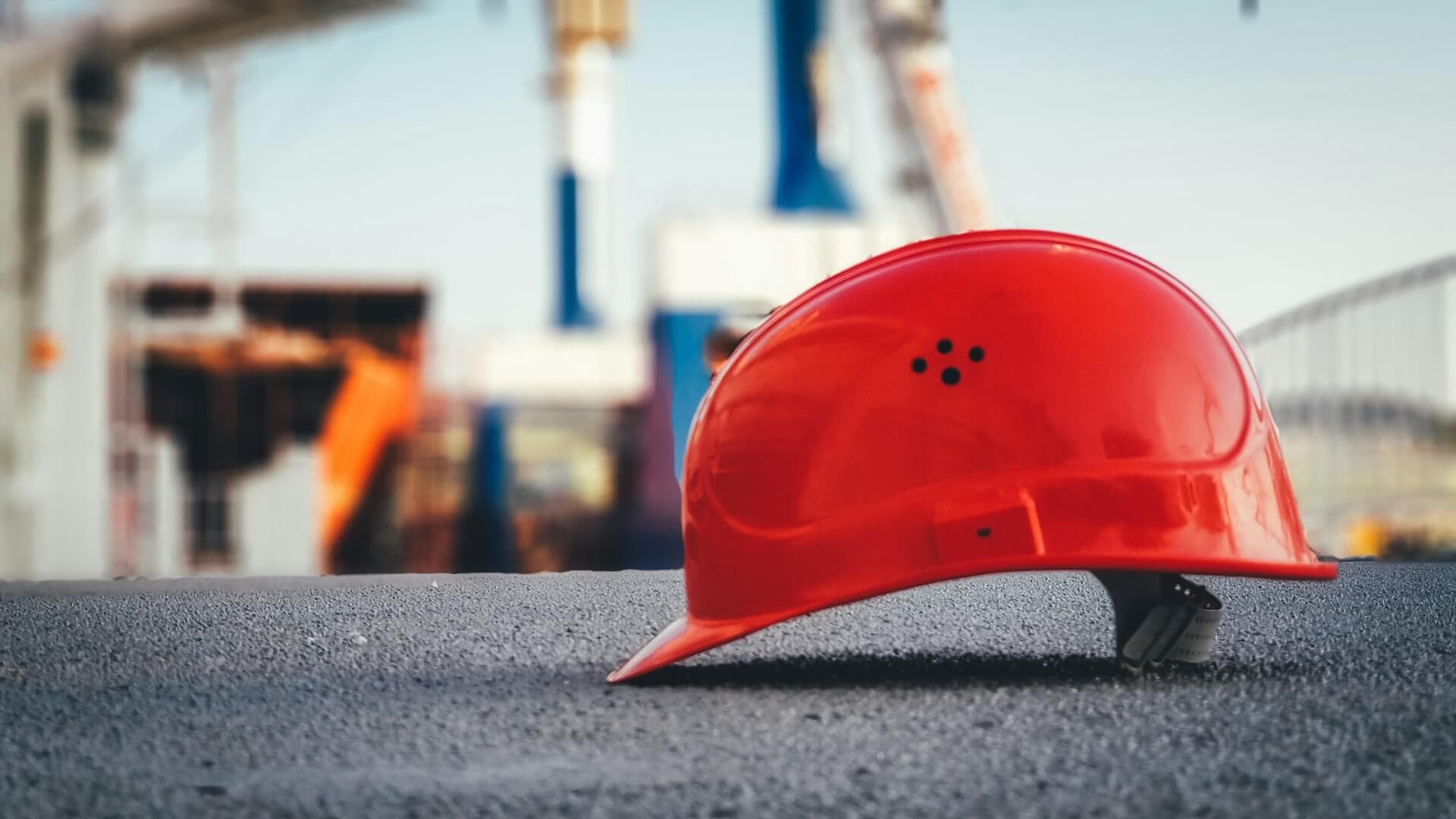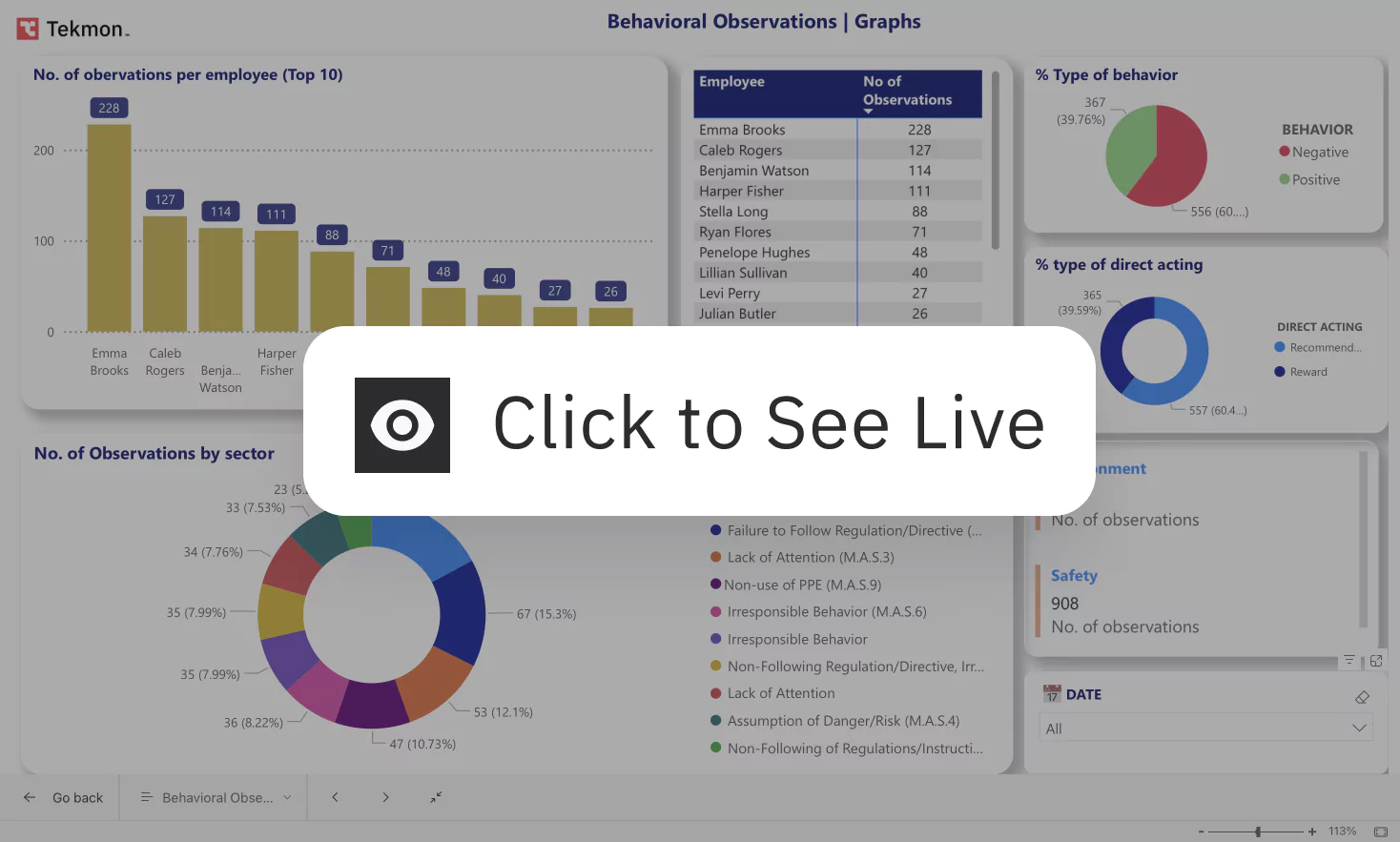The utilization of KPIs, or key performance indicators, can assist an organization with achieving significant business goals. KPIs can assist organizations with monitoring different metrics, from accounts to health and safety. Understanding safety KPIs can help an organization considerably by highlighting essential safety KPIs that are required for a work environment to be considered safe.
What Are Safety KPIs?
Safety KPIs are performance indicators that show an organization’s efforts regarding health and safety as a metric. By tracking health and safety KPIs, you maintain a safe work environment for all employees and comply with OSHA standards. Monitoring safety KPIs, an organization understands which safety standards they have succeeded in and which standard they may need to allocate resources in order to tick these off their list.
Here are 7 important Safety KPIs that are essential to measure for your organization:
#1 Reported Incidents
Reported Incidents as a KPI, is a metric of the total sum of workplace incidents that employees/management have reported over some stretch of time. For example, following the introduction of a new asset, you may want to measure all the workplace incidents over a period of time, in order to consider if there is a correlation between the increase in reported incidents and the new asset. Using reposted incidents KPI metric, an organization can determine whether it is a good investment for the business by determining the total cost of all incidents in relation to the new asset.
#2 Equipment Breakdowns
Equipment breakdowns as a KPI helps measure any effects that asset breakdowns and maintenance hours can have on operations and safety. This KPI helps to find the metric for the total hours lost due to asset failure, total cost of any injuries in relation to asset failures or frequestent of asset breakdowns by just dividing the number of equipment breakdowns by the number of injuries in order to find the frequency rate.
#3 Corrective and Protective Actions – CAPA
Corrective and preventive actions as a KPI, measures the number of corrective actions the company takes to address specific health and safety issues. Corrective action is when action is taken to eliminate the causes of non-conformities or other undesirable situations, so as to prevent recurrence. Preventive action is action taken to prevent the occurrence of such non-conformities, generally as a result of a risk analysis. Recognizing and revealing the details of corrective actions is significant in light of the fact that it assists you with investigating more deeply into what actions the organization makes for individual issues and the expense of those activities.
#4 Average Employee Overtime Hours
Average employee overtime hours as a KPI allows organizations to monitor the number of overtime hours an individual employee has worked. This measurement helps an organization understand how overtime hours can affect employee performance, as well as considering how it may affect the health and safety of the work environment. This metric can aid in finding out that the number of overtime hours available in a manufacturing environment is likely to play a part in employee fatigue which can result in workplace incidents that can affect the organization with meeting standards therefore it highlights that a difference needs to be made.
#5 Average Resolution Time (ART)
Average resolution time, or ART, as a KPI measures the average time from the beginning of a safety or health worry to the resolution of the worry. The time that passes from the onset of the worry to the resolution, can aid in determining the effectiveness of the efforts or employees, the accuracy and the consistency of incident reports. If an employee experiences a workplace accident, the company might measure the ART to determine the efficiency of its accident response team. This can help you improve employee reporting and restructure company responses.
#6 Total Recordable Injury Frequency Rate (TRIFR)
Total recordable injury frequency rate, or TRIFR, as a KPI is the metric of the total number of workplace incidents, accidents that require medical attention per 1million labor hours. This measurement allows for organizations to determine the amount of incidents that have needed medical attention, the cost of labor hours these incidents and the rate of incidents per 1million hours.
#7 Employee Training
Employee Training as a KPI, looks at the metric of the frequency of employee training, and the number of hours invested in training by the company. This KPI metric can also determine the performance and up to date knowledge of health and safety standards. In order to find this metric, an organization would need to measure the total hours invested in employee training for health and safety and multiply by the hourly salary of each employee.
Tekmon’s Software Solution
It is clear to see that Safety KPIs play a key part in any organization, in order to make sure they are up to date with required health and safety regulations. Keeping up to date with these reports and consistently tracking metrics, can be very time consuming and somewhat overwhelming.
Digital transformation has brought about innovative ways of easing the day to day pressure of time consuming tasks, and streamlining essential processes.
Inspired by the concept of convenience and simplicity, Tekmon’s rapid, no-code digitization solution makes complex, time consuming, overwhelming KPI processes simple and user-friendly without diminishing the effectiveness and efficiency of the platform.


